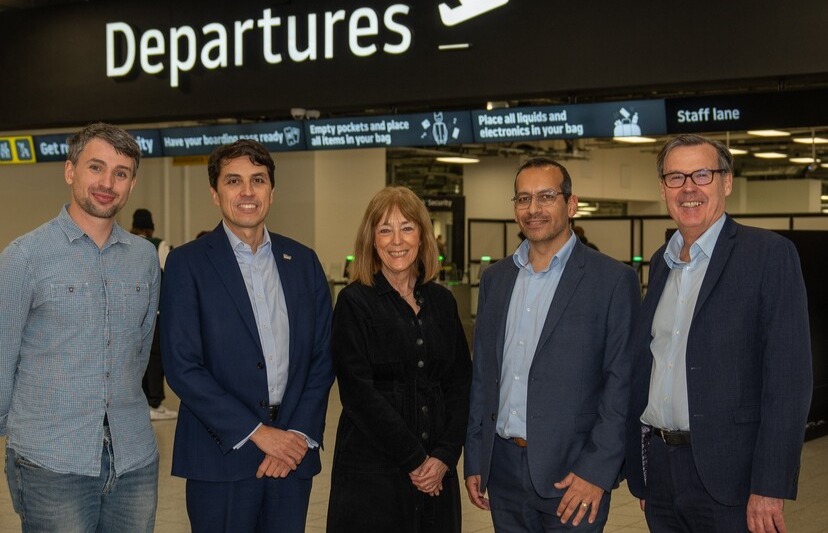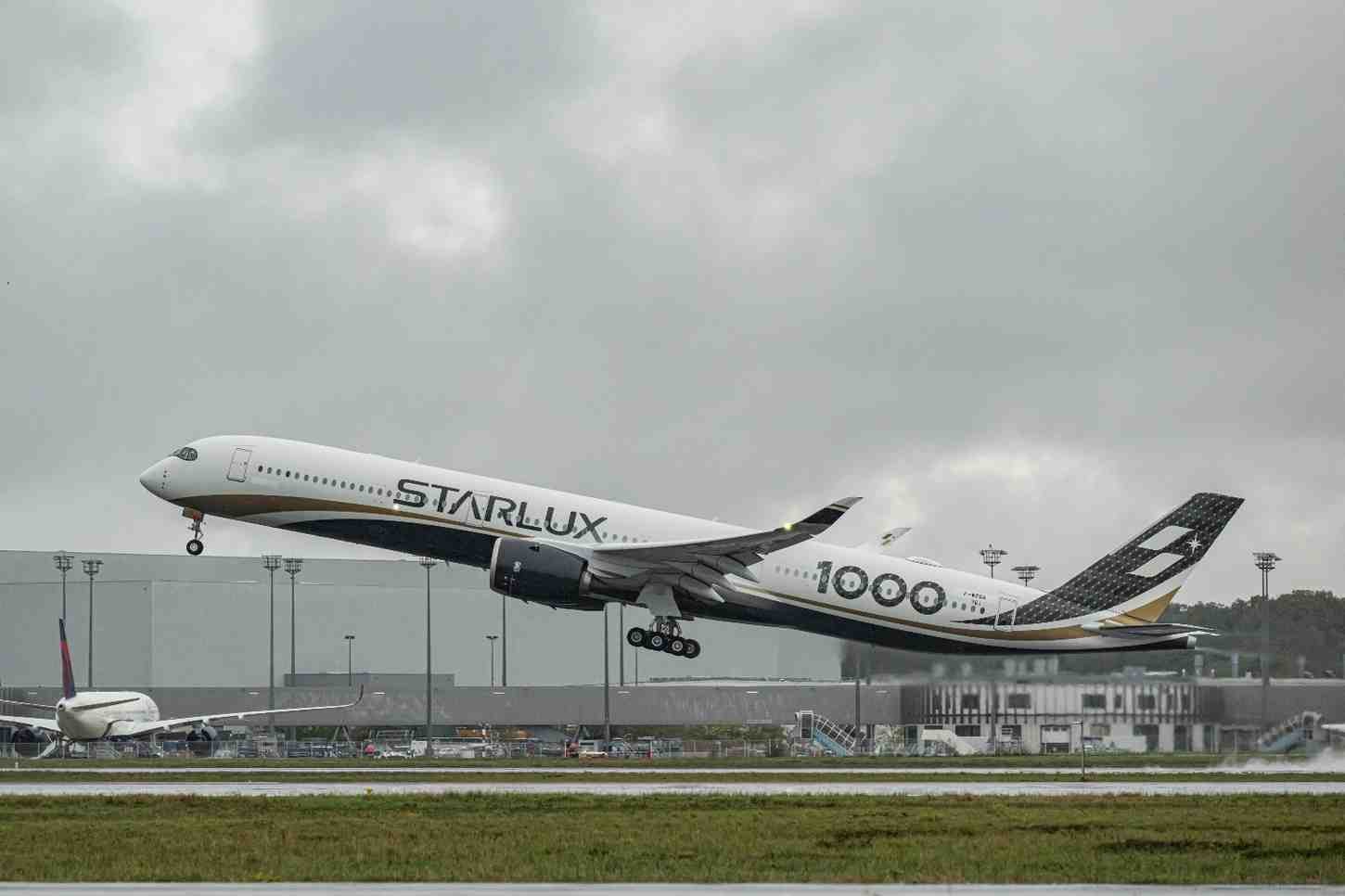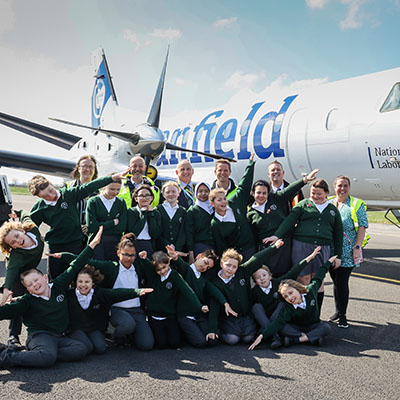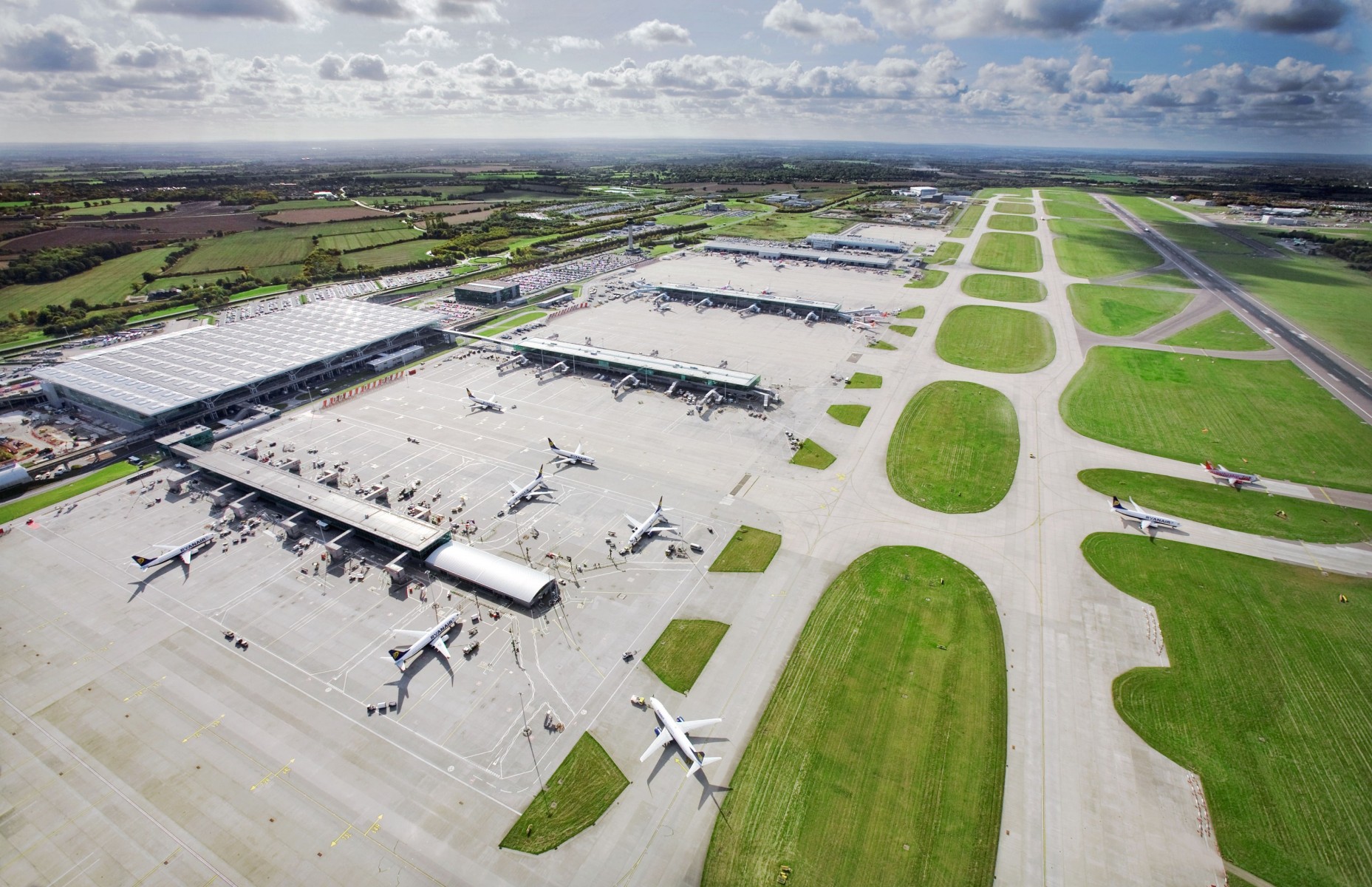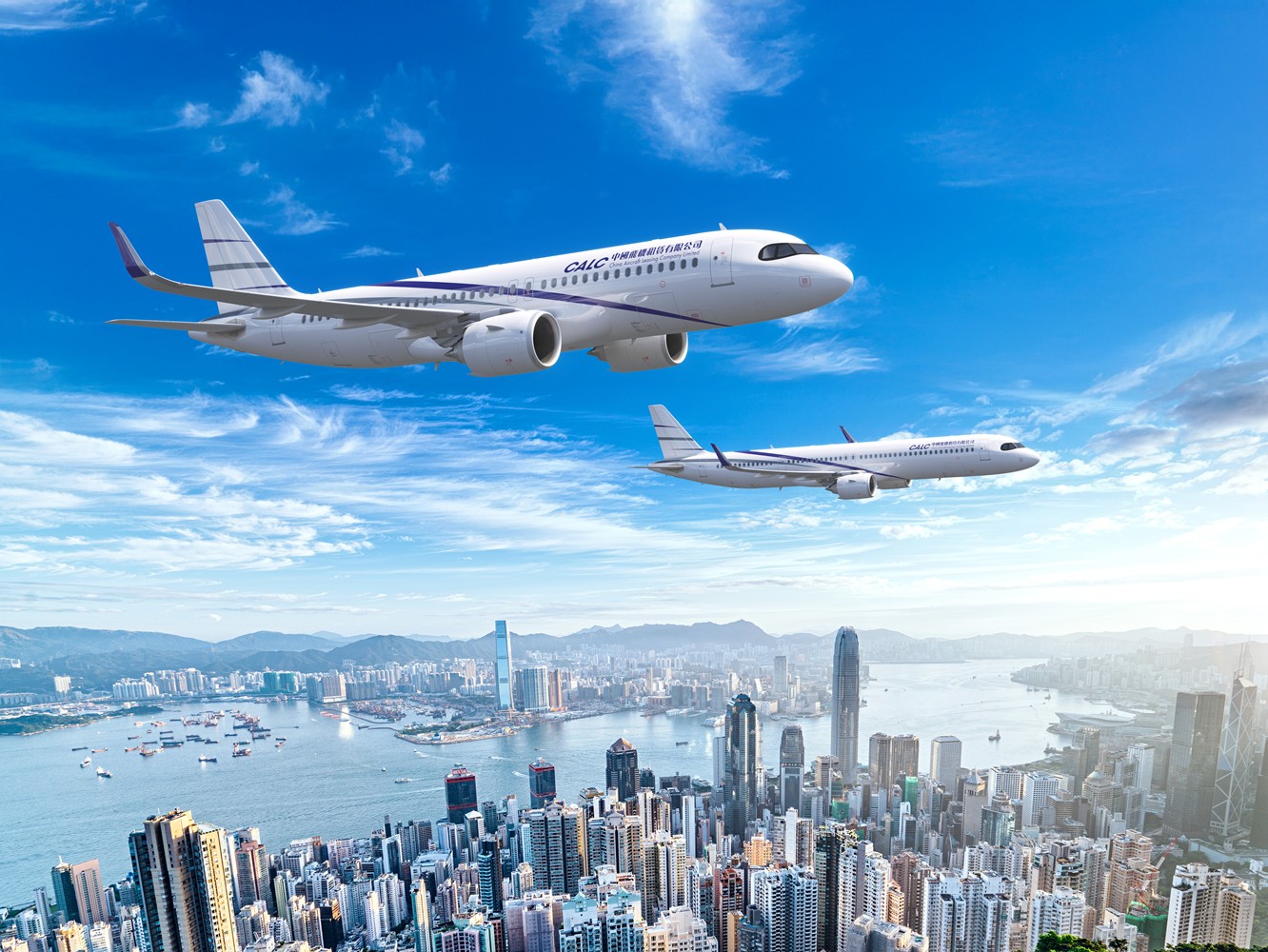IATA sees air freight demand decline 1.1% in November
This marks the 13 consecutive month of year-on-year declines in freight volumes.
Despite the decline in demand, November’s performance was the best in eight months, with the slowest year-on-year rate of contraction recorded since March 2019. In part, November’s outcome reflects the growing importance of large e-commerce events such as Singles Day and Black Friday.
While international e-commerce continues to grow, overall air cargo demand continued to face headwinds from the effects of the trade war between the US and China, the deterioration in world trade, and a broad-based slowing in global economic growth.
Freight capacity, measured in available freight tonne kilometres (AFTKs), rose by 2.9% year-on-year in November 2019. Capacity growth has now outstripped demand growth for the 19th consecutive month.
.jpg)
“Air cargo recovered slightly in November, with demand down 1.1% - a significant improvement over the 3.5% decrease in October. However, the fourth quarter is a peak season for air cargo. So, a decline in growth is still a disappointment. Looking forward, signs of a thawing in US-China trade tensions are good news but there is still a long way to go if cargo is to achieve 2.0% growth forecast in 2020,” said Alexandre de Juniac, IATA’s Director General and CEO (above).

Regional Performance
Airlines in Asia-Pacific, Latin America and the Middle East suffered sharp declines in year-on-year growth in total air freight volumes in November 2019, while North American carriers experienced a more moderate decline. Europe and Africa were the only regions to record growth in air freight demand compared to November last year.
• Asia-Pacific airlines saw demand for air freight contract by 3.7% in November 2019, compared to the same period in 2018. This was the sharpest drop in freight demand of any region for the month. Capacity increased by 1.8%. The US-China trade war has significantly affected the region, with demand on the large Asia - North America market down 6.5% year-on-year in October (latest available data). However, the thawing of US-China trade relations and robust economic growth in key regional economies are positive developments.
• North American airlines saw demand decrease by 1.1% in November 2019, compared to the same period a year earlier. Capacity increased by 3.3%. Slower growth in the US economy and trade tensions with China have affected demand. However, positive progress in trade negotiations between both countries highlighted by the ‘phase one’ deal is a positive development.
• European airlines posted a 2.6% increase in freight demand in November 2019 compared to the same period a year earlier. Better than expected economic activity in Q3 in some of the region’s large economies helped support demand. Capacity increased by 4.0% year-on-year.
• Middle Eastern airlines’ freight volumes decreased 3.0% in November 2019 compared to the year-ago period – a significant improvement over the 5.7% decrease in October. Capacity increased by 2.6%. Against a backdrop of operational and geopolitical challenges facing some of the region’s key airlines, seasonally adjusted freight volumes in the region have continued a modest upwards trend which is a positive development for the region’s carriers. However, escalated geopolitical tensions threaten the regions’ carriers in the period ahead.
• Latin American airlines experienced a decrease in freight demand in November 2019 of 3.4% compared to the same period last year. Various social and economic headwinds in the region’s key economies have impacted the region’s air cargo performance. Capacity decreased by 2.3% year-on-year.
• African carriers posted the fastest growth of any region in November 2019, with an increase in demand of 19.8% compared to the same period a year earlier. Strong trade and investment links with Asia contributed to the positive performance. Capacity grew 13.7% year-on-year.







